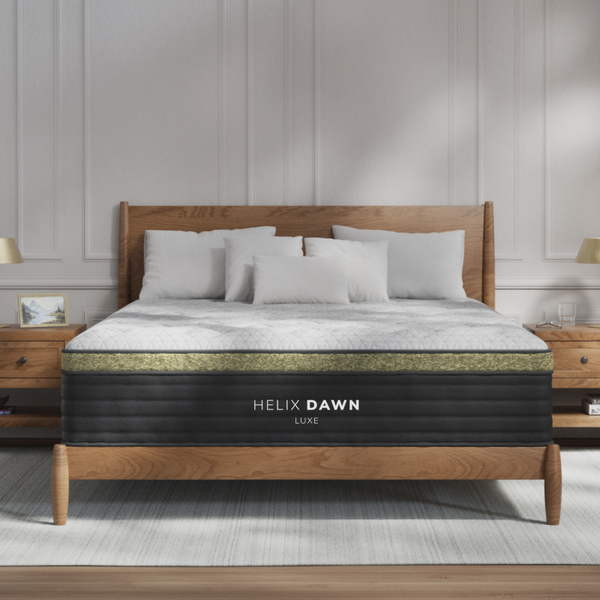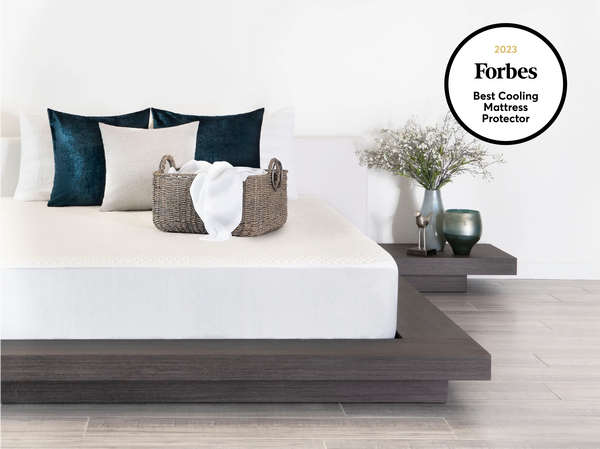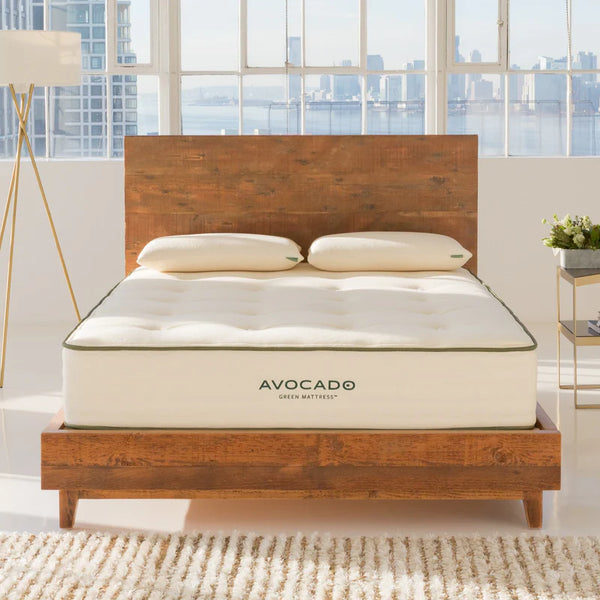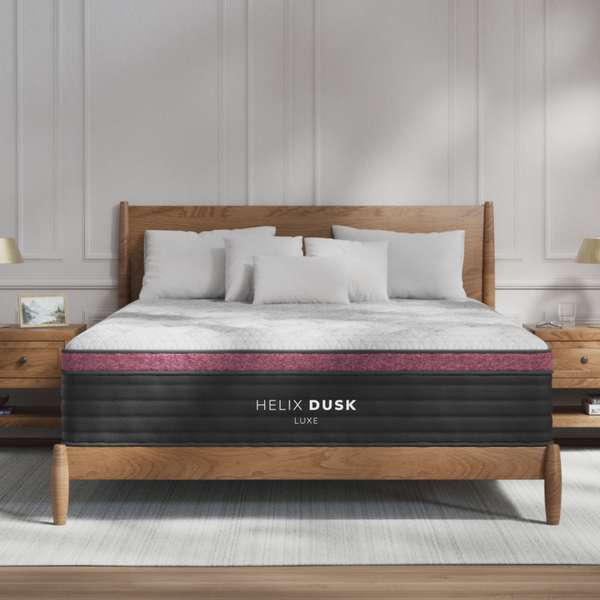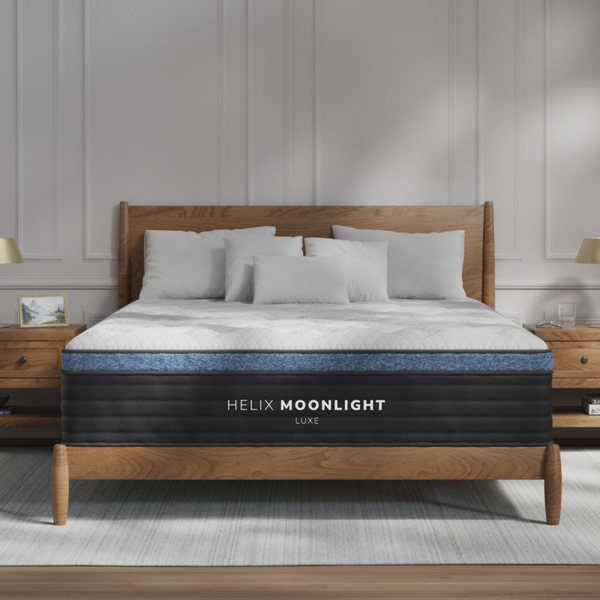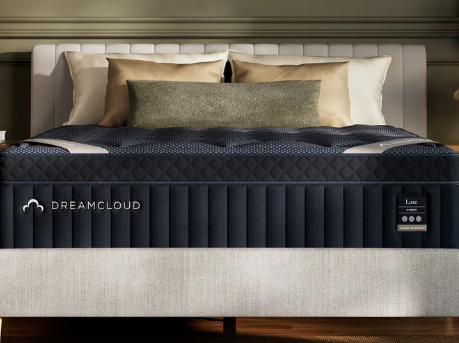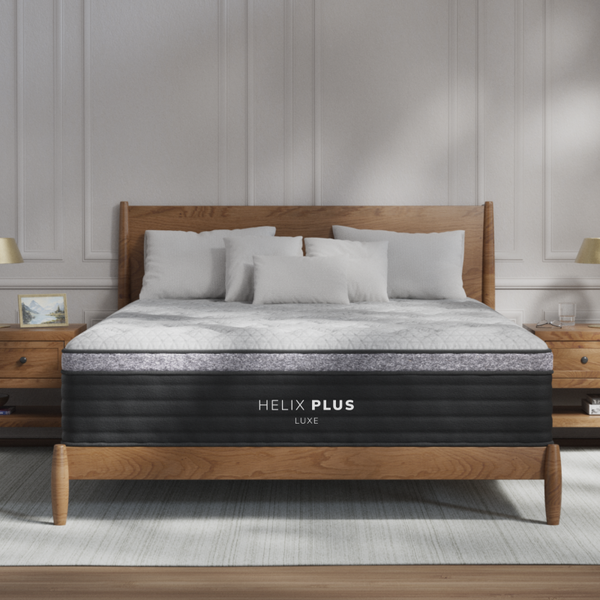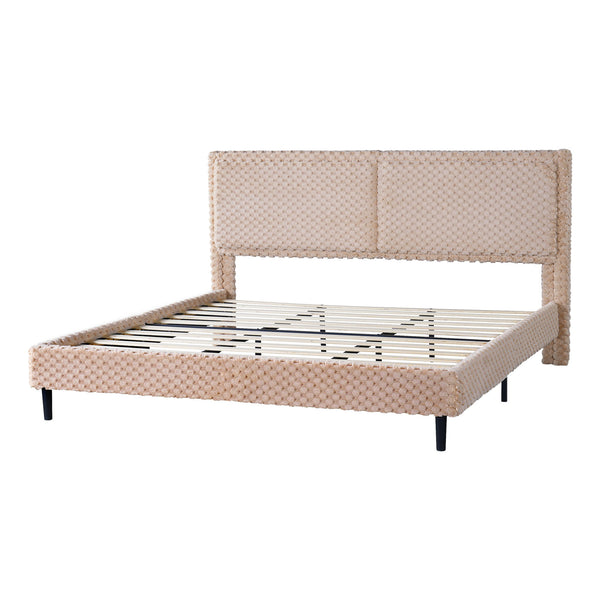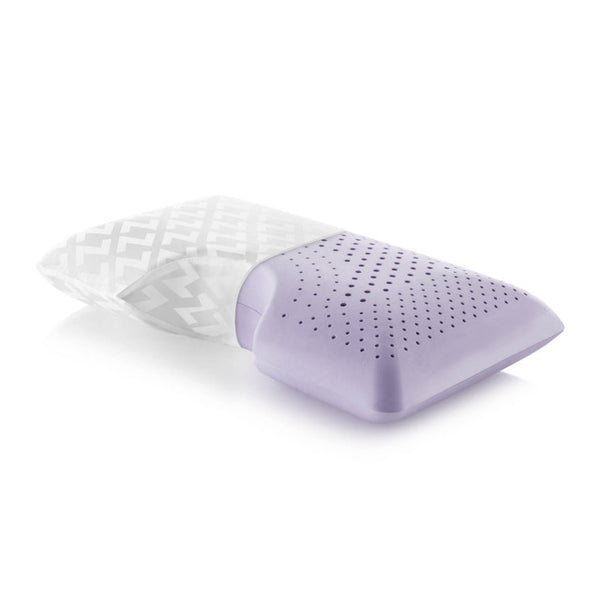What Is Pressure Relief in a Mattress?
Many individuals experience back, hip or shoulder discomfort for various reasons. A mattress designed to provide adequate pressure relief may provide relief for such ailments.
Finding a mattress to soothe pressure points is of vital importance for anyone living an active lifestyle or experiencing chronic pain issues, but especially important for those dealing with such ailments. Finding an appropriate mattress will guarantee both restful sleep and an ache-free day ahead!
Support
A good mattress requires striking the perfect balance between support and comfort. When considering which body type and sleeping position best suit you, keep your body type in mind as certain positions may cause pain by placing too much strain on certain parts of your body.
Support should always come first when shopping for mattresses. A strong foundation will keep your mattress from sag-causing undue stress on the spine and creating pressure points in your back and body.
To increase support levels, mattresses using micro pocket springs or latex may offer better contouring and responsiveness than traditional innerspring models. High resiliency foam also offers good pressure relief without sinkage feel of memory foam mattresses. Mattress toppers may also add comfort by changing how your bed feels overall but without altering its level of support.
Comfort
Pressure relief is key when it comes to selecting a mattress, providing softness from upper padding layers (also called upholstery layers) on top of its support system.
Memory foam mattresses provide excellent pressure relief as they conform to your body shape, relieving pressure from where it was applied more evenly across your body. Memory foam has become extremely popular over recent years and can now be found with various firmness options to fit every need.
If you prefer sleeping on your stomach, a medium-firm mattress that provides sufficient support to your spine and hips may be best. Too soft a mattress may lead to back and shoulder pain while too firm cannot keep your spine aligned properly. As stomach sleepers also often need additional pressure relief options like dynamic mattresses (also known as alternating air mattresses) can also provide considerable pressure relief as their shifting air cells release pressure off specific body parts.
Temperature
Sleeping on an inadequately supported and pressure relieved mattress can result in painful aches and pains that lead to lack of restful slumber, making you more tired in the morning than expected.
Pregnant women or those suffering from back pain and arthritis require high-quality pressure relief mattresses in order to sleep soundly at night. These mattresses contain materials designed to alleviate muscle soreness while offering restful slumber.
As a side sleeper, your mattress must provide support that contours to the curvatures of your body while offering proper spinal alignment and relieving any pressure from hips or shoulders. Medium-firm is often recommended. Memory foam and latex mattresses tend to offer good conformance while offering higher density ratings; hybrid constructions combining both types provide the best of both worlds by offering softness while temperature regulation. You could even add pressure relief material as an additional layer.
Materials
Materials chosen when selecting a mattress will have an immediate impact on pressure relief. Memory foam mattresses, for instance, can be particularly effective in relieving pressure points due to how they contour to your body and provide ample cushioning support – however they tend to cost more than other varieties; budget-minded buyers might find a pillow top mattress more suitable.
Some individuals require pressure-relief mattresses due to chronic pain or an active lifestyle, and are particularly at risk of developing pressure ulcers – injuries to skin and underlying tissue caused by sustained pressure on the body.
Phase-change material embedded into mattress foam can help ease pressure points on the body by absorbing heat from hotter areas of the body and dissipating it in cooler ones, thus decreasing pressure relief and lengthening its durability. Microcoils, small individually wrapped coils that move independently of one another and can provide proportionate support to various parts of your body, may also offer relief.
Sleeping Position
Pressure relief depends on a number of factors, including sleeping position, body weight and comfort preferences. Furthermore, your bed frame or foundation must provide secure support for the mattress in which you are placing.
An effective mattress will cushion your body while supporting correct spinal alignment, and help avoid areas from sinking too deeply, which could cause pressure points. Memory foam is often chosen for its pressure relief properties as it conforms to your body and distributes weight evenly; other materials that offer pressure relief include latex mattresses with high-density foam or latex comfort layers to cradle your body like memory foam does.
Sleeping on a mattress that does not offer sufficient pressure relief can leave you with morning aches and pains, particularly for people with physically demanding jobs, athletes, or chronic back conditions. Pressure-relieving mattresses are key for anyone wanting a good night’s rest so they wake up feeling rejuvenated and rested.

